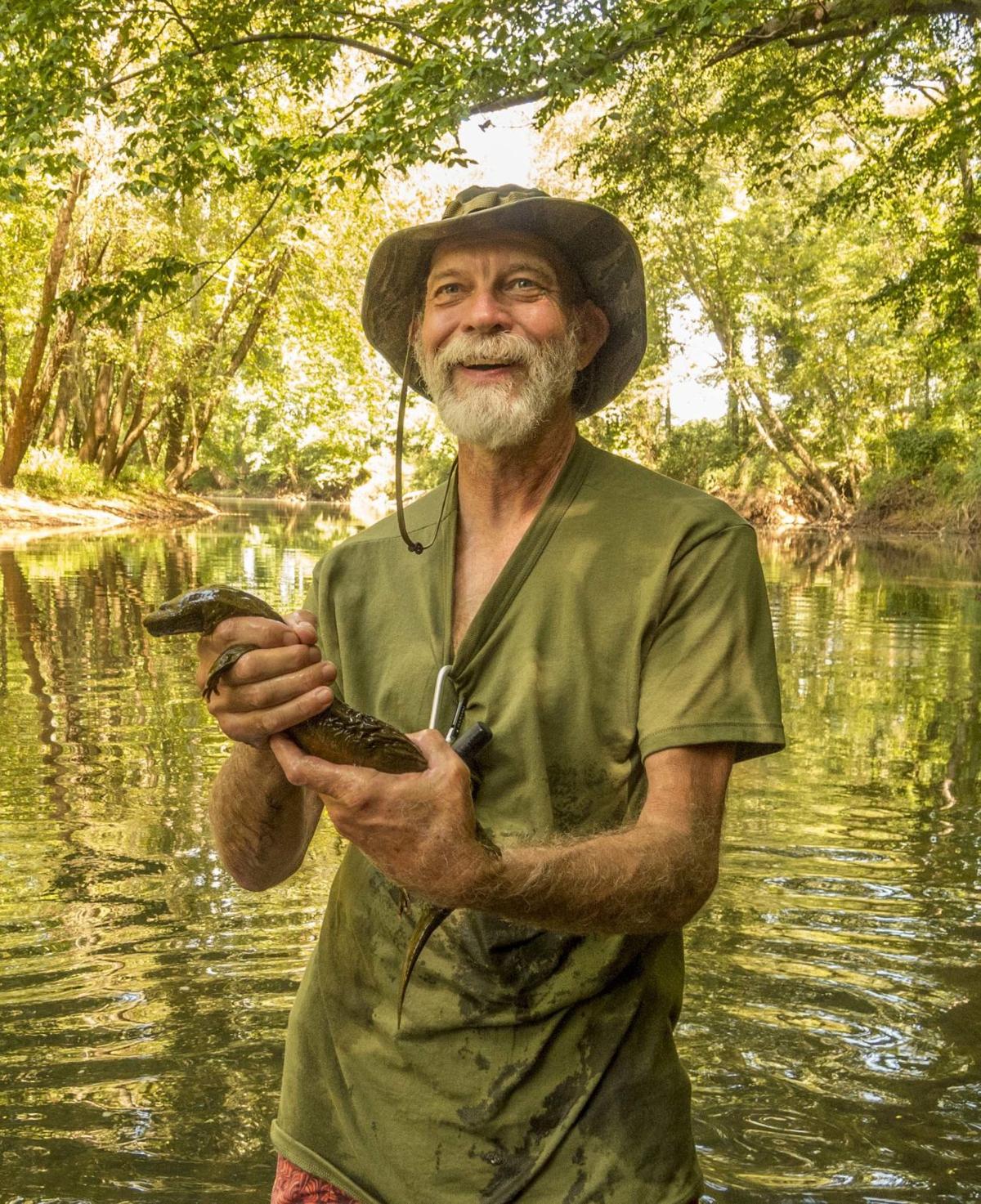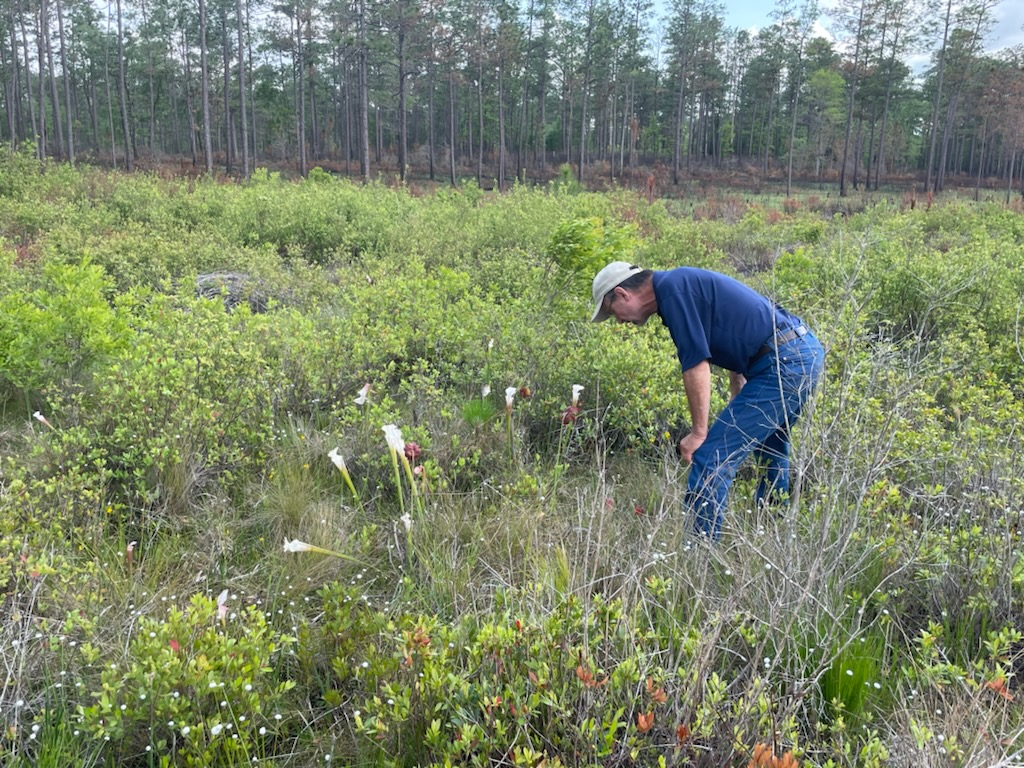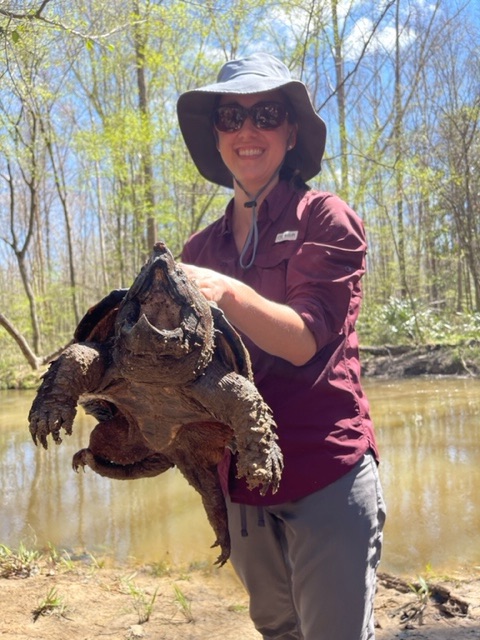COSAM News Articles 2022 May Spotlight on the Alabama Natural Heritage Program: keeping our state’s biodiversity conservation efforts on track
Spotlight on the Alabama Natural Heritage Program: keeping our state’s biodiversity conservation efforts on track
Did you know that Auburn has a conservation team dedicated to identifying, tracking and reporting on rare species in Alabama?
The Alabama Natural Heritage Program, or ALNHP, is part of a network of programs spanning the United States, Canada and Latin America, collectively known as the Natural Heritage Network. At Auburn, ALNHP is a program of the Auburn University Museum of Natural History in the College of Sciences and Mathematics’ Department of Biological Sciences.
As a natural heritage program, ALNHP’s mission is to provide the best available scientific information on the biological diversity of Alabama to guide conservation action and promote sound stewardship practices within the state and throughout the Southeast. ALNHP provides services in biodiversity data management, inventory, biological monitoring, conservation planning, Geographic Information System (GIS) services and land management expertise.
“We study rare species and organisms in Alabama on a population level that we can then track over time,” said Katie Lawson, program GIS analyst for ALNHP.
As a member of the Natural Heritage Network, ALNHP is led by its membership organization, NatureServe, which uses a standardized database called Biotics to track biodiversity data.
“We share our data with organizations such as consulting firms, conservation organizations, academic units, and federal and state agencies who need access to our rare species information,” said Lawson. “One example might be if fish and wildlife agencies are reviewing an endangered species, they would need our data to evaluate delisting or revising the species status.”
With a team of scientific experts specializing in various biological research areas, ALNHP works on many grant-funded, rare species projects throughout Alabama.
Jim Godwin, aquatic zoologist and herpetologist, works with rare reptiles and amphibians across state projects. He is presently working on a project with indigo snakes, which are a threatened species.
Joe Jenkins work closely with Godwin as a research associate and has recently been working on flattened musk turtle and Black Warrior waterdog projects in the Bankhead National Forest.
Al Schotz, botanist and community ecologist, surveys plant communities across the state and is currently working on an invasive species project near Redstone Arsenal.
As data manager, Lawson manages the rare species database and completes GIS analysis for projects.
“I also work on habitat suitability modeling to predict where rare species are most likely to be so that we can then survey their populations or survey new locations to hopefully find additional populations,” said Lawson.
Inventories are targeted for species based on a project-by-project basis, and with larger projects, the ALNHP team often collaborates with biology experts at the Auburn University Museum of Natural History and other groups on campus.
ALNHP’s team is making an impact on biological conservation in Alabama through its unique collection of rare species data that allows them to track population declines or growth over time.
“Even though our team is small, we have our hand in a lot of different projects with partnering organizations across the state,” said Lawson. “We help meet the need that a lot of organizations can’t meet themselves, and we serve as the ‘go to’ research group for rare species in the state.”
The ALNHP office is located on Auburn’s campus in the Crop Improvement Building at the corner of S. Donahue Drive and S. College Street. For more information about ALNHP, contact Katie Lawson at dowlika@auburn.edu.
Latest Headlines
-
04/18/2024
-
04/18/2024
-
04/18/2024
-
04/17/2024
-
04/12/2024



